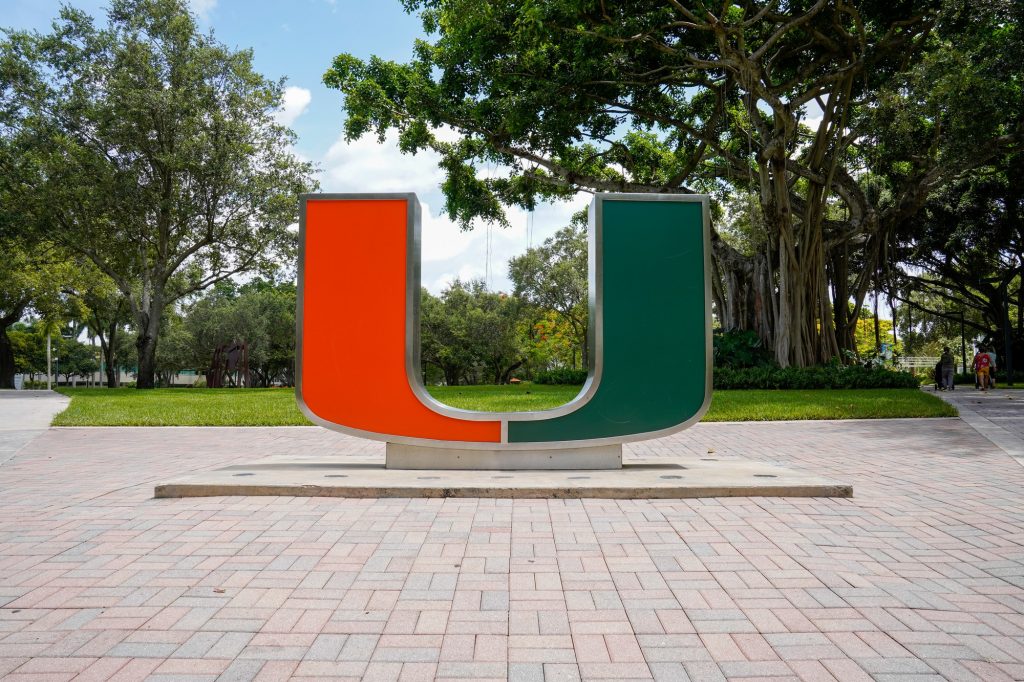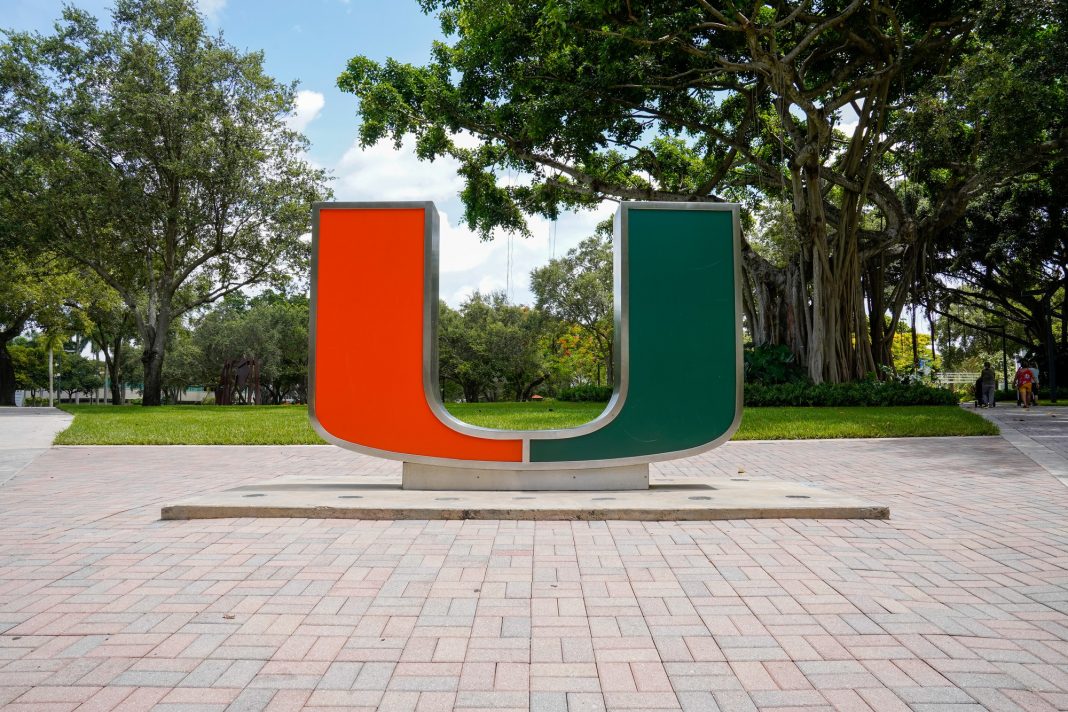
Of the approximate 85,000 course evaluations faculty expect to receive from students each semester, they consistently receive only half.
In an effort to raise this number, Provost Jeffery Duerk and Dean for the School of Education and Human Development Laura Kohn Wood are working to update the course survey content and communicate their value to students.
“The importance of them is probably far greater than students realize in terms of the scope of who sees them and the number of ways in which we use them,” Duerk said.
Course evaluations are the main way students can communicate their opinions of a class to their professor and other faculty. They are also the primary guage that department heads use to monitor the teaching capabilities of professors and the satisfaction of students.
“Department chairs use those evaluations to assess whether that faculty member is exemplary in their teaching and should be given the opportunity to continue that course or maybe to have them move on to another course,” Duerk said. “Or, to provide a faculty member guidance in terms of the type of professional development that they should get engaged in to improve their teaching.”
However, such low student response rates makes it harder to accurately assess student opinions.
“It’s usually students who are very happy and want to express that or people who are upset and want to express that,” Kohn Wood said. “Usually we look for patterns rather than any one comment.”
The provost and deans have been trying to determine all the factors that make students less likely to fill out the surveys. One proposed solution to increasing responses is to designate a time within each course for students to complete them.
“What we’re thinking of doing is giving half of a class session during the last week of classes, where the faculty member leaves the room to allow the students to complete the online course evaluation,” Duerk said. “So, part of the regularly scheduled time of that specific course is giving up time to ensure that the course is assessed.
Duerk and Kohn Wood believe the biggest deterrent is that students do not know they are actually being read and put to use.
“If students understood that they are utilized they might not brush them off as quickly,” Kohn Wood said.
Freshman international studies major Maddie Sims echoes this sentiment as she does not believe student surveys are being regarded with enough weight to make them valuable.
“I feel like it’s not going to do much in the grand scheme of things,” Sims said. “They are going to ultimately do what they want to do.”
Duerk stresses that these surveys are one of the top methods for monitoring professors and are a crucial component of the application process for promotions.
“These are incredibly important for promotion and tenure considerations as well for merit raises every year. You know, if a faculty member is a poor teacher their prospects of getting promoted are pretty slim,” Duerk said.
The survey impacts are not limited to the promotion process though, student feedback is actively being used to help professors hone in on their teaching skills through the Course Mentors Program.
This program is designed for both new and experienced faculty to meet in small learning circles. Led by an exemplive faculty member and instructional designer, Course Mentors helps professors improve their teaching delivery and areas of weakness based on the student course evaluations.
“If we are going to expect good teaching we have to provide resources for people to be better teachers,” Kohn Wood said.
Currently the course evaluation is composed of two main parts: a ranking scale and a comment section. This allows students to quickly go through and select teachers’ strengths and weaknesses while providing them the free reign to elaborate.
While students may feel as if these surveys are just another assignment during finals week, Kohn Woods sees them as an act of accountability for the leaders of the university to ensure their students are receiving the best possible education.
“For a long time we just assumed that professors taught and students learned, we did not really scrutinize what that looked like and if we were doing that to the best of our abilities,” Kohn Wood said. “So, be aware that this is one of the major roadmap initiatives for the University.”







